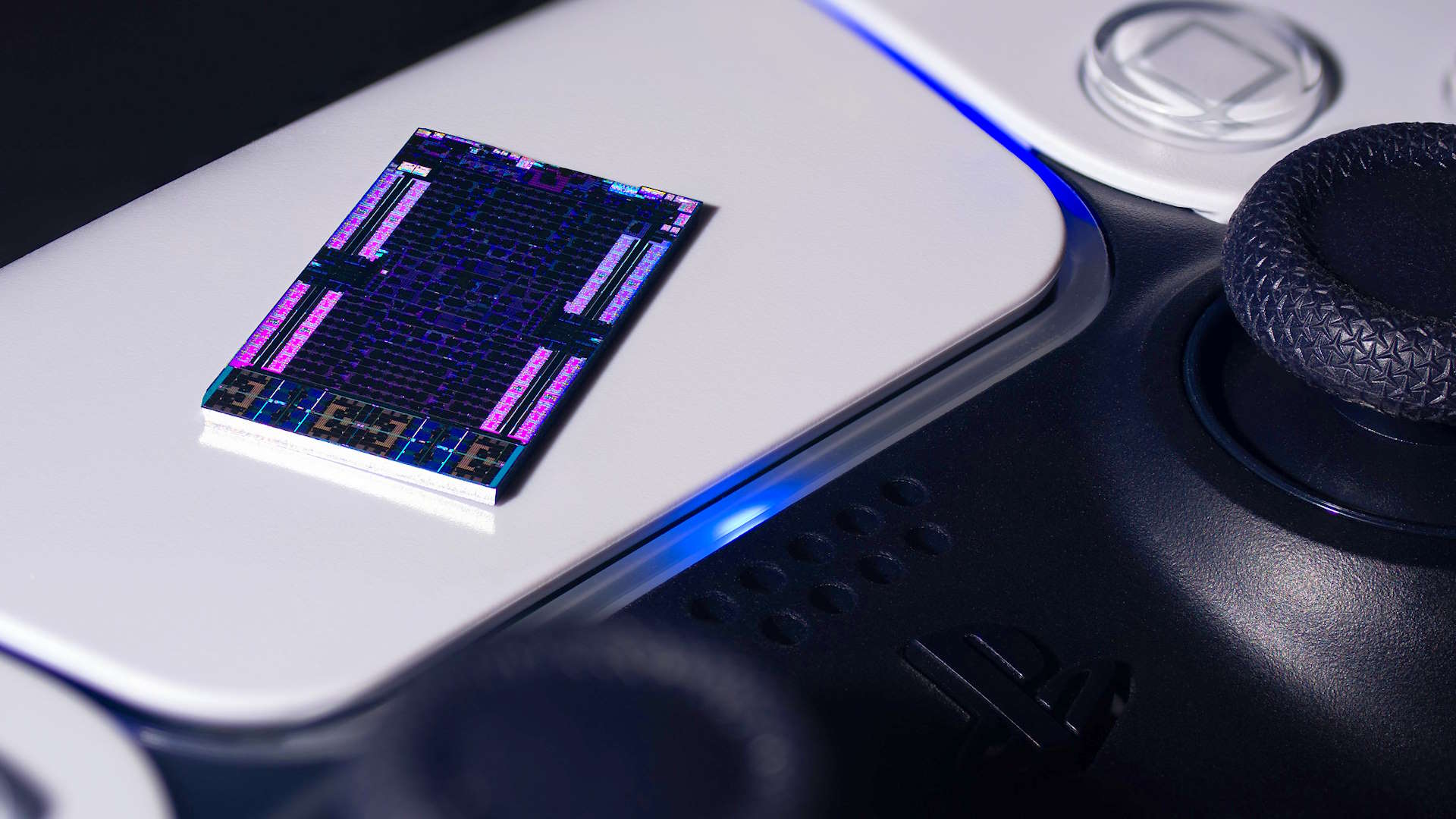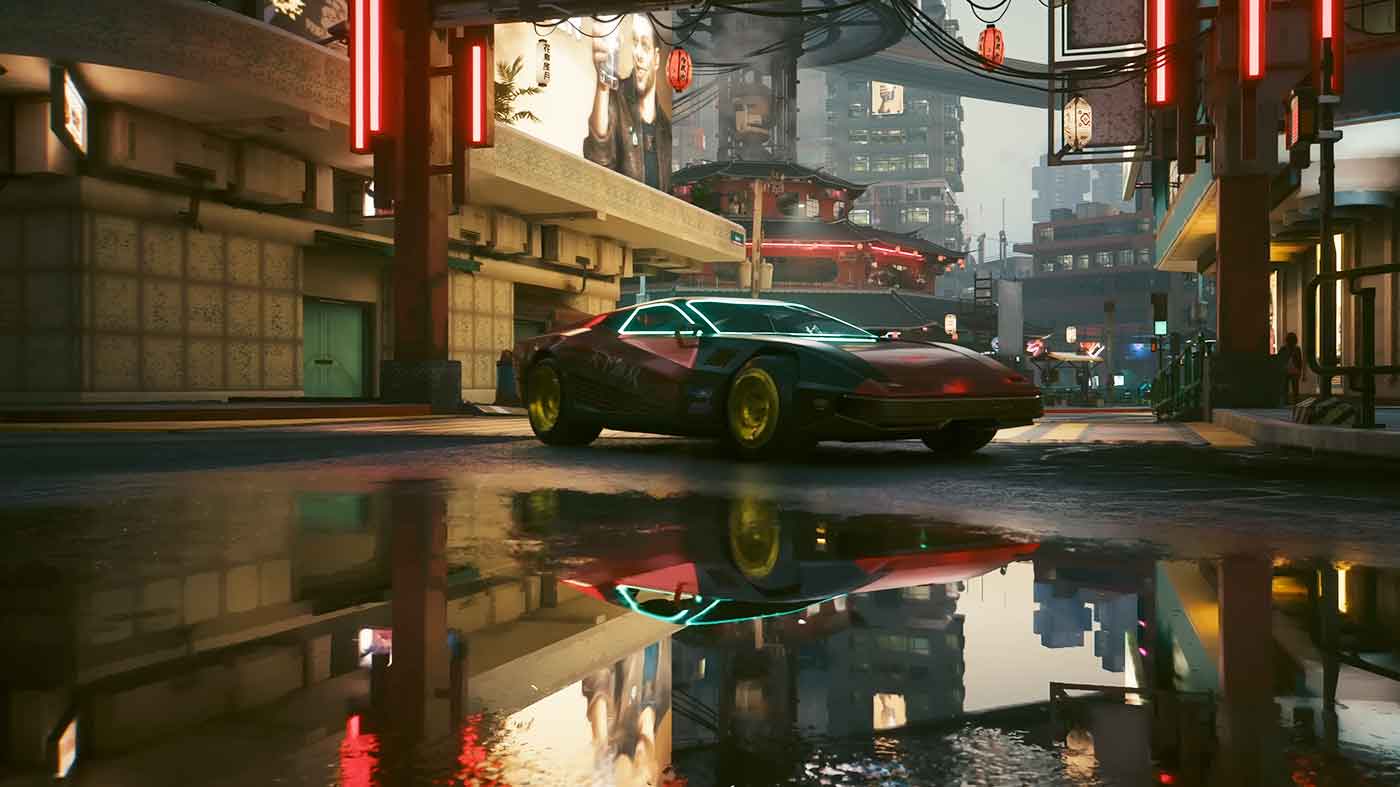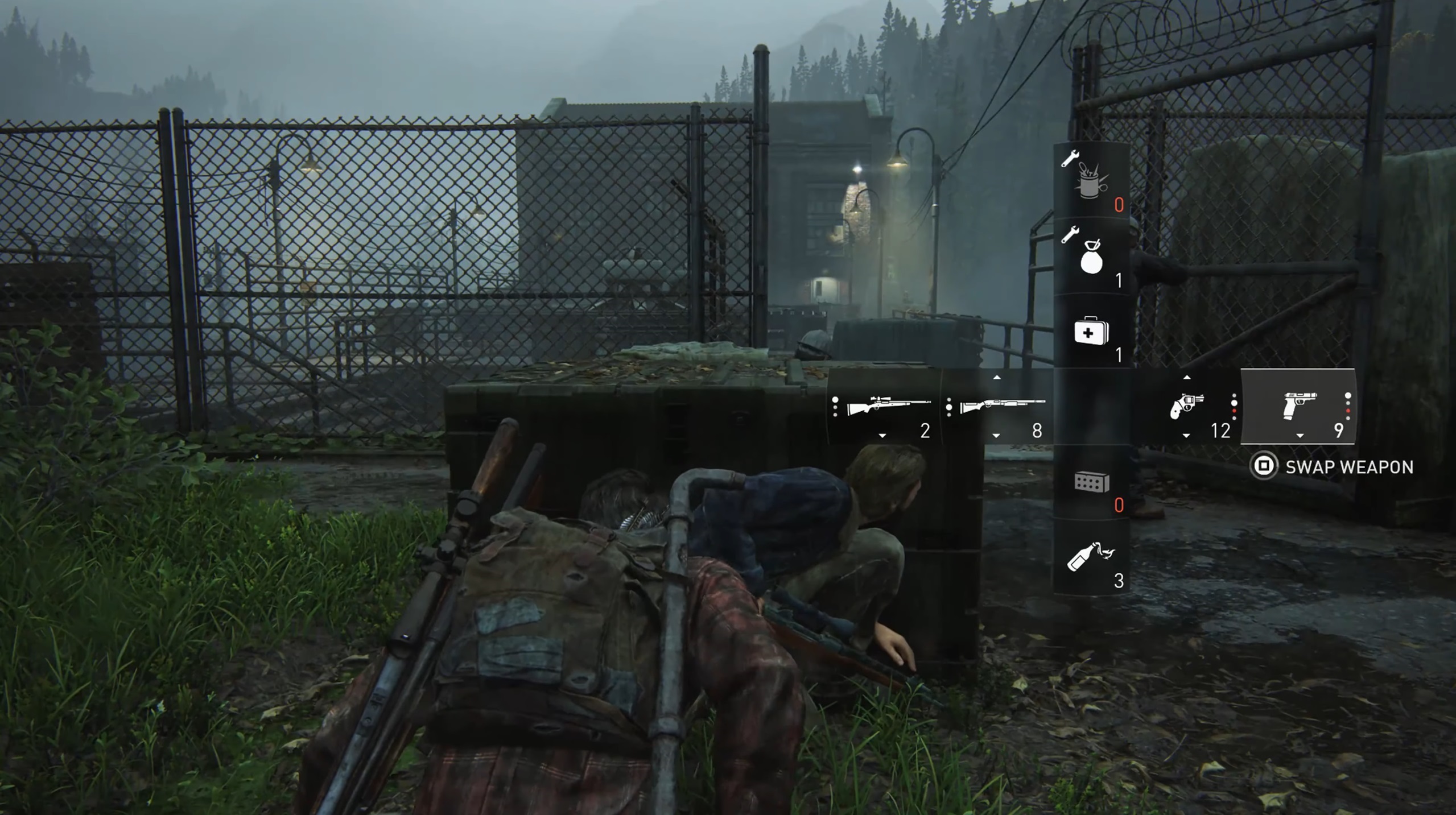
The PlayStation 5 celebrated its third birthday last month, with Sony marking the event by releasing a chassis refresh (aka the unofficially named PS5 Slim). With that all out of the way, the interwebs rumour network is now in 'PS5 Pro' mode and there's much talk about what the beefier model will have inside its case. So let me bring you up to speed on what the current specs are supposed to be and what this could mean for PC gaming, if any of it happens to be true.
Just like Wccftech and Videocardz, I've been following the trail of PS5 Pro gossip on X/Twitter, following the usual crowd of reputable leakers. But let me just cut to the chase and summarise what's been said so far. To begin with, the CPU inside the all-in-one chip made by AMD will still be a Zen 2 design, comprising eight cores and 16 threads. The boost clock is reportedly going to be 4.4GHz, which is 0.9GHz higher than the standard PS5.
Not surprisingly, most of the changes are expected to be in the GPU. The PlayStation 5 uses a custom design, based on the RDNA 2 architecture that powers the Radeon RX 6000 series of graphics cards. It's not a massive graphics processor, with just 2,304 shaders and a boost clock of 2.23GHz.
The PS5 Pro's GPU is apparently going to be based on RDNA 3 but with some elements from RDNA 4. To increase the rendering capabilities, the shader count is going to be increased to around 3,712 (some sources are saying higher, others claiming it to be lower) but the boost clock will drop to 2GHz, to keep the power consumption down. Given that RDNA 3 compute units can be dual-issued with commands, it's potentially an enormous increase of shading ability.
But as we've seen with the Radeon RX 7000 graphics cards, games can't always utilise that dual issue function all the time, and generally speaking RDNA 3 GPUs aren't vastly better than RDNA 2 ones. That said, 60% more shaders would be really nice to have, even if they're not clocked as high.
Another big rumour is that the new GPU design will use the ray tracing units from RDNA 4, which is claimed to have dedicated hardware for doing bounding volume hierarchy (BVH) traversals.

All of Nvidia's RTX cards have such a thing but this would be new for AMD, and it's somewhat overdue. Its current GPUs do all of these calculations via the shaders, which is partly why the ray tracing performance of Radeon cards isn't as good as it is with GeForce models.
The weakest rumour claims centre around two things: ray shader reordering and an integrated AI processor. The first is available in Nvidia's Ada Lovelace architecture and it helps boost the performance of ray tracing, but I've not seen much agreement that the PS5 Pro chip will have this.
However, should all the ray tracing rumours turn out to be true, then we could be in for a nice surprise with AMD's next generation of Radeon graphics cards. If RNDA 4's ray tracing capabilities are just as good as Intel or Nvidia, then 2024 could be a really exciting year for GPUs. Now that would be something for PC gamers to look forward to.
As for the AI chip, there are conflicting claims that the console's APU will sport the same NPU that AMD embeds into some of its mobile Ryzen chips. What it would be used for is accelerating a machine learning upscaling system, proprietary to Sony but similar in scope to Intel's XeSS and Nvidia's DLSS.
Let's assume that all of the claims are true and the PS5 Pro appears late in 2024 with all of the rumoured features and new tech. What, if anything, would this mean for PC gaming? To answer this question, we first need to consider how developers would utilise the new features for PlayStation-only games.

With the PS4 Pro, there were no games ever released just for that console, as far I can recall. In other words, games were developed for the PS4 and then given specific enhancements (either directly or later, via a patch) for the Pro version. This will very much be the same for the PS5 Pro, as the standard PlayStation 5's user base is so large that no publisher would fund a game just for a brand new console that's never going to sell in the same kind of numbers as the standard model.
Those game enhancements are likely to come in the form of a toggle that either boosts frame rate over the standard version (e.g. 120 fps instead of 60 fps) or enables a higher level of graphics quality, such as more ray tracing effects or better 4K output.
PC versions of PlayStation-only games, such as The Last of Us Part 1, God of War, and Ratchet and Clank: Rift Apart, haven't all been a smooth translation, especially when it comes to hardware requirements and performance. That first game I've just mentioned is especially demanding when all the graphics are set to maximum. So, does that mean a PC port of a game with PS5 Pro features will be even more challenging on your hardware?

Best CPU for gaming: The top chips from Intel and AMD.
Best gaming motherboard: The right boards.
Best graphics card: Your perfect pixel-pusher awaits.
Best SSD for gaming: Get into the game ahead of the rest.
Possibly but the extra capabilities of the Pro might give PC users an easier time of things. To get the very best performance out of the standard PS5, developers have to employ all kinds of specialised tricks and routines, all unique to Sony's platform, that don't necessarily translate well to Windows-based computers. But with a large boost in rendering chops, a Pro enhancement might need fewer such tricks to get by and that would be easier to port across.
However, I suspect that what will be used heavily on the Pro, far more so than in a standard PS5 game, is ray tracing and upscaling. The latter is pretty much the norm for all new games these days, so that's not going to be a problem unless it uses something very unique to Sony. Ray tracing, though, is a different beast entirely and given that the bulk of PC gamers aren't using top-end GPUs, any game that heavily relies on that graphics technology will certainly be seriously demanding on a PC.
Fortunately, no matter how powerful the PS5 Pro turns out to be, the vast majority of games that are created for the PS5 and PC, or ported from one to the other, will still be created with the standard console in mind. I have no doubt that means we'll still see some rotten ports over the next few years but they won't all be like that (fingers crossed).







